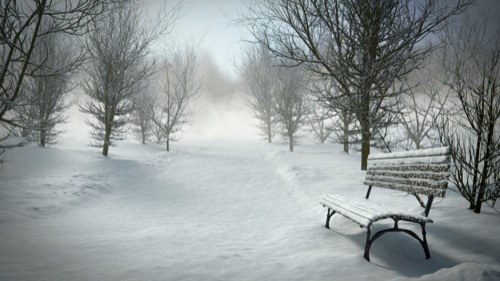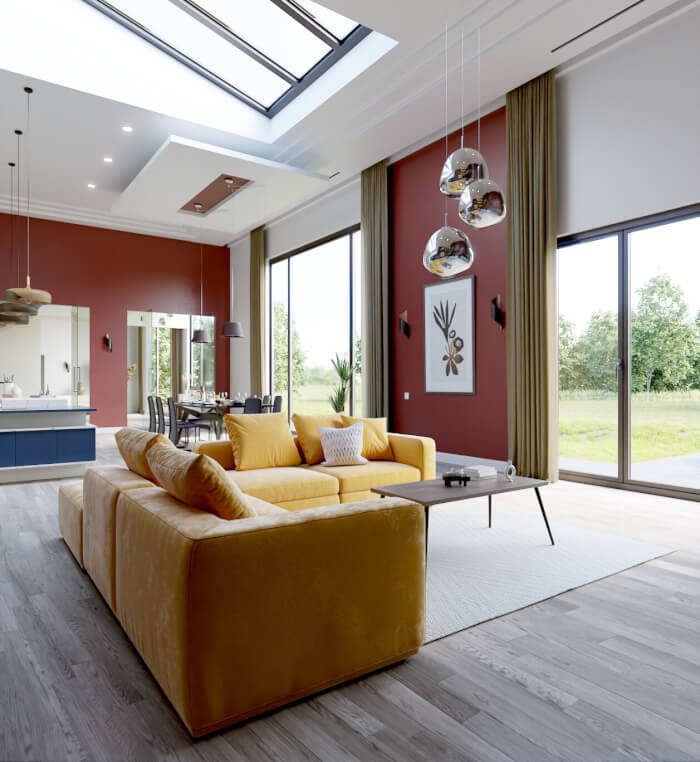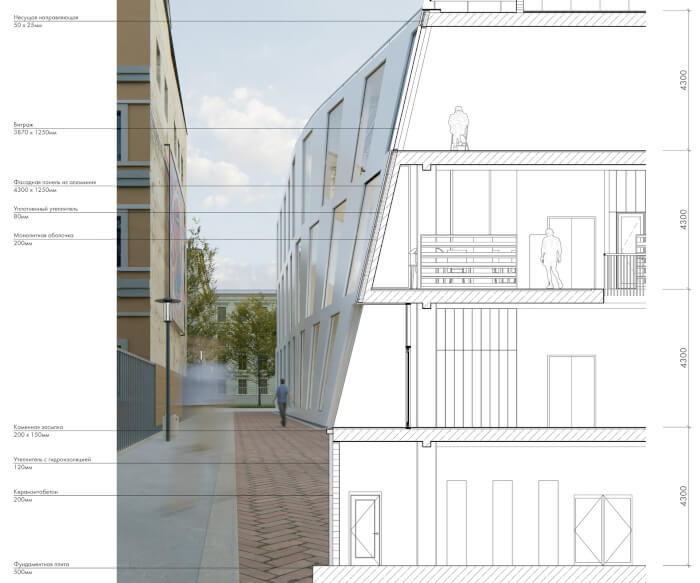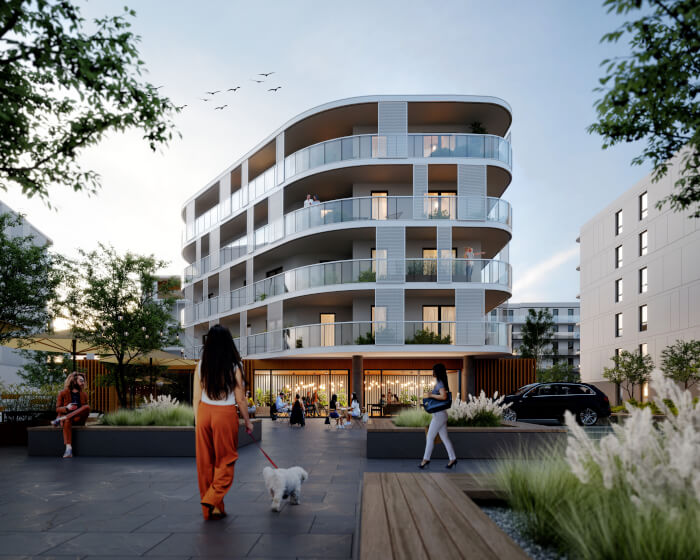
As an architectural visualization artist, I'm always looking for references and scenes that might help me solve problems faster. Those problems are mostly related to the initial setup of a project that I'm not particularly used to create. Like a winter environment.
To take a step into something that doesn't get too much attention here at Blender 3D Architect, I will recommend you, this time, an external environment render. At first glance, it may not look related to architecture, but when you dig deeper for details about this winter environment render, you will see how it may become a valuable learning resource.

First of all, the artist responsible for this scene is Secrop, and the project is not new. The post at the Blenderartists forums is from February of 2014. But, despite the fact that it is an old project you will get to learn from the post:
- Material setup for the snow
- Information about the light of the scene
Not sure yet about how this may be useful for architecture? The next time you have a project that may require an external render using snow, you won't have to start fro scratch. A big part of our work in architectural visualization goes for testing scenarios. You know how the light should look like at the end but must find a starting point.
Sometimes you just make a guess, or educated guess, about the initial setup of the scene. But, using a resource like this you may skip the guessing stage and go straight to something close to the end solution.
Of course, it may be the useful only for situations where your projects are at a region that has some heavy winter weather. For me, it won't make much difference because our average temperatures hardly go below 10 degrees. But, it is never too much information to know how to create some snowy conditions with this winter environment render.
Do you want to check more learning resources for architecture? Don't forget to visit our courses section.




